
As with all education, technical education and training has also been disrupted with the sudden outbreak of COVID-19, the global health pandemic. It has impacted vocational training programs all over the country in unprecedented ways. To know more about the possible ways to overcome the challenges, Team NSN interacted with Dr Leena Chandran Wadia, Senior Fellow – Honorary, at Observer Research Foundation. Let’s read on to learn more about how to address emerging issues in technology access and adoption.
Online learning and the challenge of hands-on training
While online learning is the need of the hour, the question is, how prepared are we to deliver skill-based training and vocational education online? While it is mandatory for technical training to include hands-on learning, today, in the wake of COVID-19, skilling is being radically transformed. Skill training centres have been closed and all training programs are being shifted to online mode. However, in the skilling space, online learning alone is not enough. It requires the blended approach, with a combination of in-person and online learning, given that there is a high practical component.
In some cases, virtual labs are being offered to students to train them in the practical component but it is not possible for students to learn it just by watching someone else doing it. They need hands-on training for the development of skills. It is delusional for us to expect students to learn and be confident of their skills just by watching a few videos or attending virtual labs. Practical training cannot be digitalized completely, and it is the most crucial part of TVET.
It is also not clear if there is sufficient video-based content available to capture the learning needs of all the practical skills in each of the job roles that are being offered at present. If this experience can be used to move towards creating high-quality digital content in the practical aspects of skilling, then this content can be used to supplement the practical training needs of students in the long-term,
In the meantime, if the practical components of a short term course cannot be delivered to the students at the present moment, then it is worthwhile to pause the courses for some time for the benefit of the students.
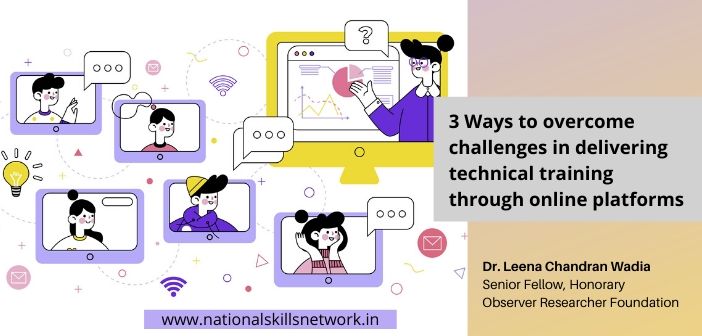 Top technology issues that should be resolved
Top technology issues that should be resolved
We don’t have uniform access to the Internet even though many small towns do have connectivity. The privilege of access to suitable devices (smartphones, tablets, laptops and computers) as well as Internet connectivity is available to fewer students in rural areas. For instance, a survey conducted by the University of Hyderabad showed that only 37% students said they would be able to access online classes
The government launched the BharatNet project in 2011, to provide rural broadband access to 2.5 lakh Gram Panchayats in the country. However, the last mile connectivity has not yet become operational in most locations. Extending the last mile connectivity to all educational institutions in each panchayat should be prioritized as it can support rural communities and students with high quality bandwidth for education and other services.
The second major issue which should be addressed immediately is the access to devices in rural areas. In India only 30% of Indian population has access to smartphones including the rural population and a lot fewer households, only about 5%, have access to computers. With the limited access it is difficult for students to avail the opportunities that the skilling ecosystem is offering to address the current scenario.
Importance of training of trainers
The need for adapting to online learning was sudden and it didn’t give much time to the trainers for preparation. Teachers and trainers are also facing many issues because they have themselves not been trained for the purpose. Online training of trainers should be taken up and prioritized so that trainers are made aware of the challenges and can use technology appropriately.
For instance, student attention span lasts only about five to six minutes online so trainers need to do some activity, say a quiz or reflection, every five or six minutes. There should be a setup for information and knowledge sharing for trainers, so that the goal of making learning happen online is addressed in multiple ways.
A combination of synchronous and asynchronous is also more powerful than just synchronous teaching online, since the asynchronous access and repeated viewing of videos can help students reinforce the concepts they have learnt. The conversation on how to make learning happen must continue and be given utmost priority.
Also read: India needs a balanced approach to blend Vocational Education with Higher Education https://nationalskillsnetwork.in/vocational-higher-education/
Technology adaptation has many issues in itself. Some solutions are out there and we need to look at it. While going online is the way forward, making online possible for everyone is the need of the hour.
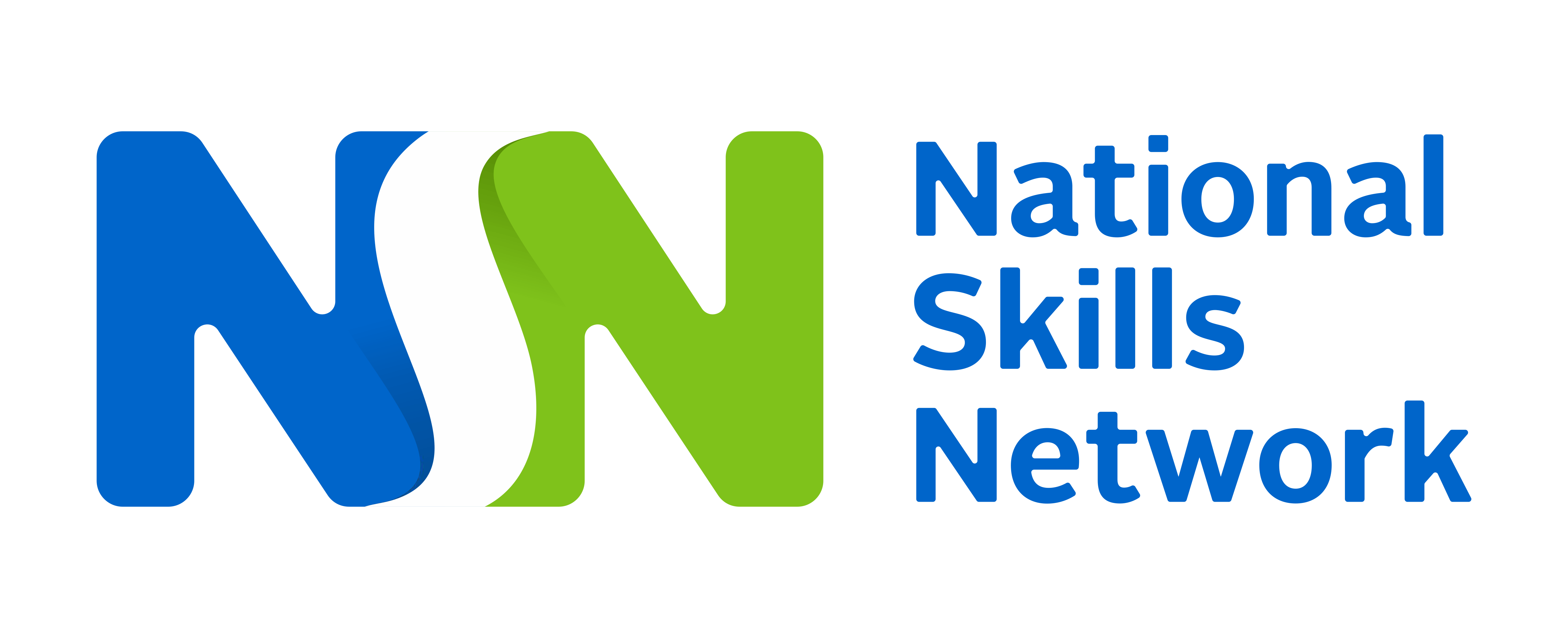




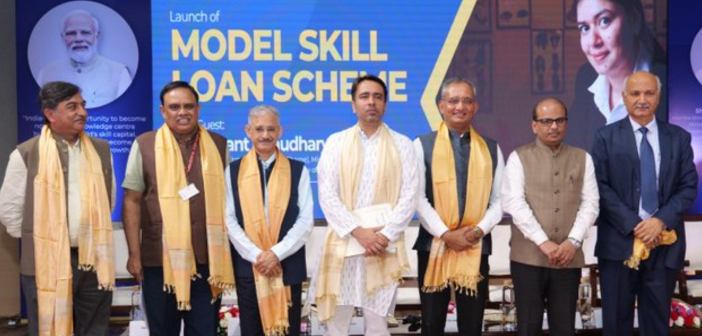
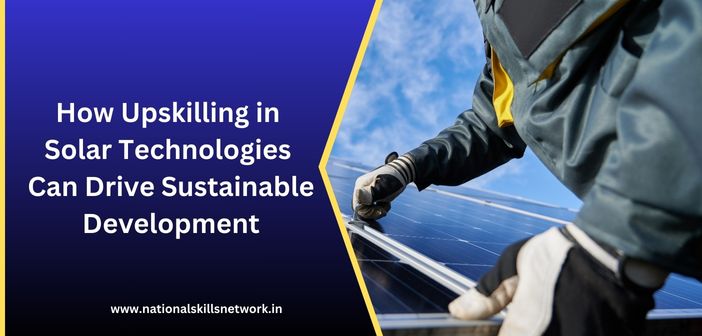
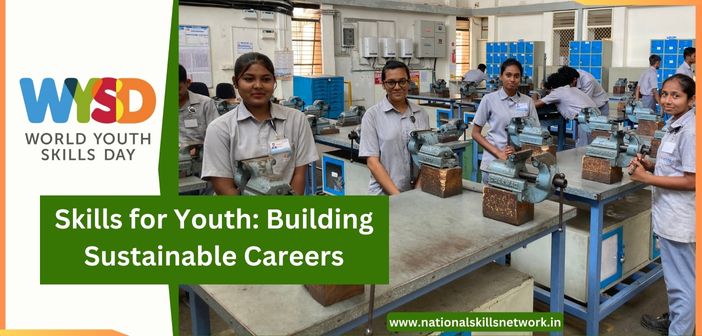
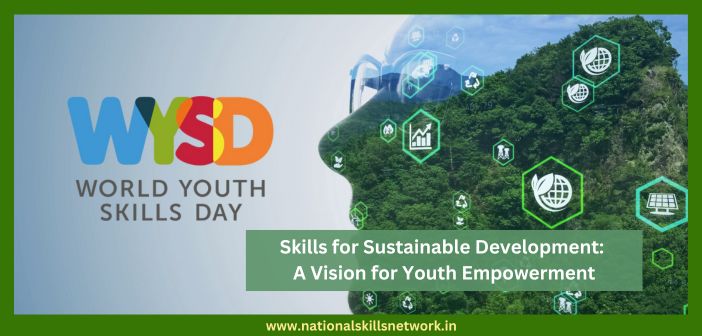
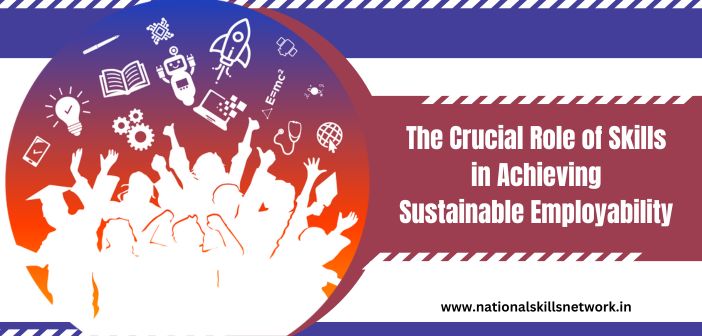
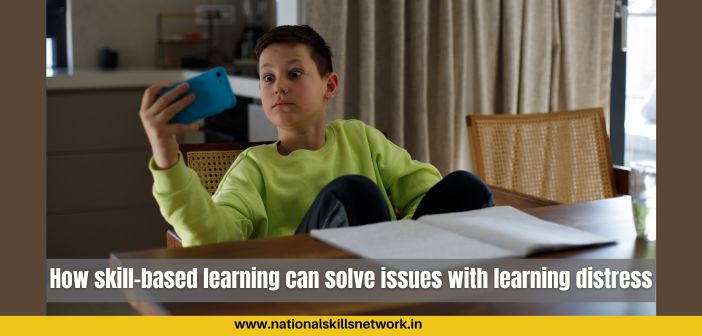
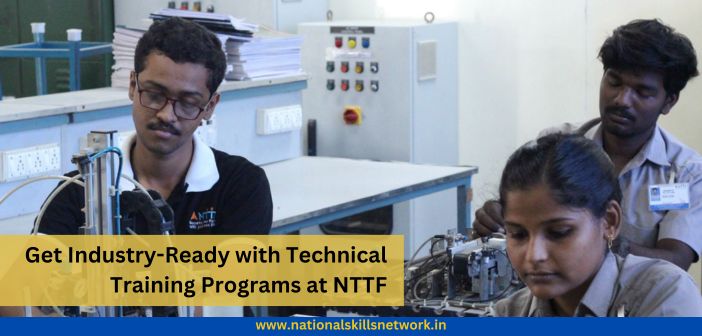

Nice, But I had not understood within a short time… Always good